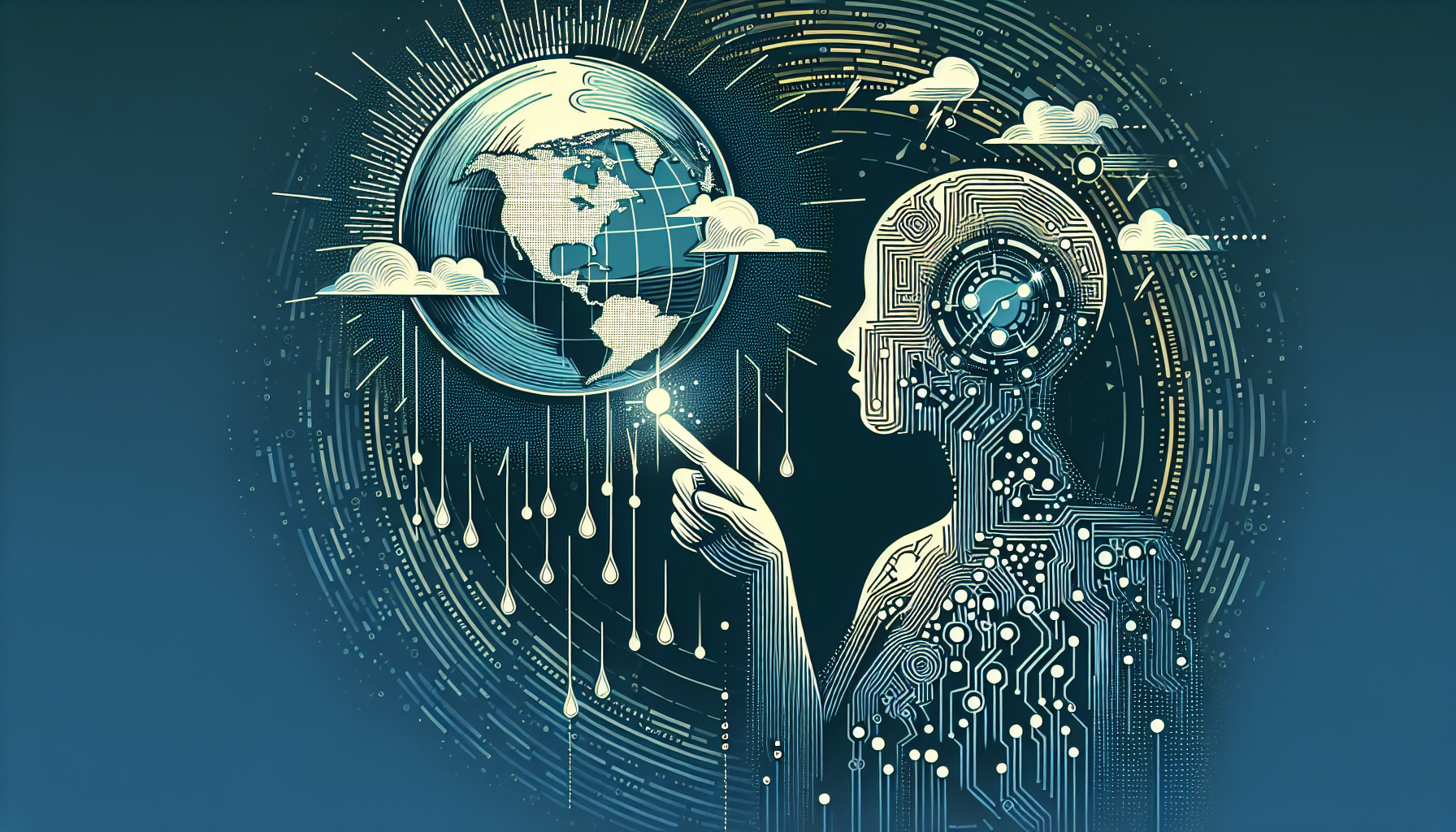In an incredible leap forward, Google’s DeepMind has unveiled GraphCast, an AI model that is changing the landscape of weather forecasting. By surpassing the capabilities of today’s leading technologies, this advancement heralds a new chapter in our ability to predict and respond to weather changes amidst the growing climate crisis.
Unprecedented Speed
GraphCast is astonishingly fast. Traditional weather predictions can take hours, relying on expensive supercomputers. In contrast, GraphCast delivers forecasts up to 10 days ahead in under a minute, all using only a standard desktop or a specialized Google TPU v4 machine.
This rapid pace is due to a robust training phase where the AI analyzed nearly 40 years’ worth of historical weather data. Over four weeks, powered by 32 computers, GraphCast learned to detect complex patterns in conditions where conventional methods often fall short.
Charting New Levels of Accuracy
The precision of GraphCast is simply remarkable. Over 90% of more than 1,300 trial locations saw GraphCast surpass the European Centre for Medium-Range Weather Forecasts (ECMWF), which has long been the standard. Its predictions for conditions like rain and temperature in the troposphere boast an accuracy rate over 99%.
Forecasting Under Pressure
As climate change intensifies, forecasting extreme weather becomes vital. GraphCast excels here as well, anticipating severe conditions such as extreme temperatures and tropical storms. Notably, it successfully predicted Hurricane Lee’s arrival in Nova Scotia three days before traditional systems.
Efficiency at its Core
GraphCast isn’t just fast and accurate—it’s also incredibly efficient. Compared to conventional methods, it’s estimated to be about 1,000 times cheaper in terms of energy use, offering a more sustainable approach to weather prediction.
Beyond Weather: Broader Possibilities
The potential applications of GraphCast extend far beyond weather forecasting. Fields like climate science, agriculture, energy, and ecological studies could all benefit from this technology. In particular, by providing earlier warnings of extreme weather, it can enable better planning and response from governments and communities, helping to minimize loss and damage from natural disasters.
Importantly, GraphCast aligns with the World Economic Forum’s AI Governance Alliance, which strives for the ethical development of AI, highlighting its commitment to addressing global challenges like the climate crisis.
A Look Ahead
The rise of AI in weather forecasting signals a larger trend where machine learning models are increasingly pivotal in understanding and predicting weather. Ongoing research from institutions like the University of Washington is fine-tuning these models to extend prediction capabilities even further, looking towards forecasts extending 23 days.
Additionally, AI is being leveraged to link extreme weather events to global warming. For instance, researchers at Stanford used AI to dissect the 2023 Texas heat wave, attributing its intensity to climate change. Such insights are invaluable for crafting climate adaptation strategies and supporting legal actions for climate damage.
In summary, GraphCast stands as a testament to innovation in weather forecasting, offering a blend of speed, precision, and sustainability never seen before. As our world faces mounting climate challenges, technologies like GraphCast are essential. They not only improve our predictive abilities but also play a critical role in safeguarding lives and reducing the devastation wrought by nature’s extremes.

Leave a Reply